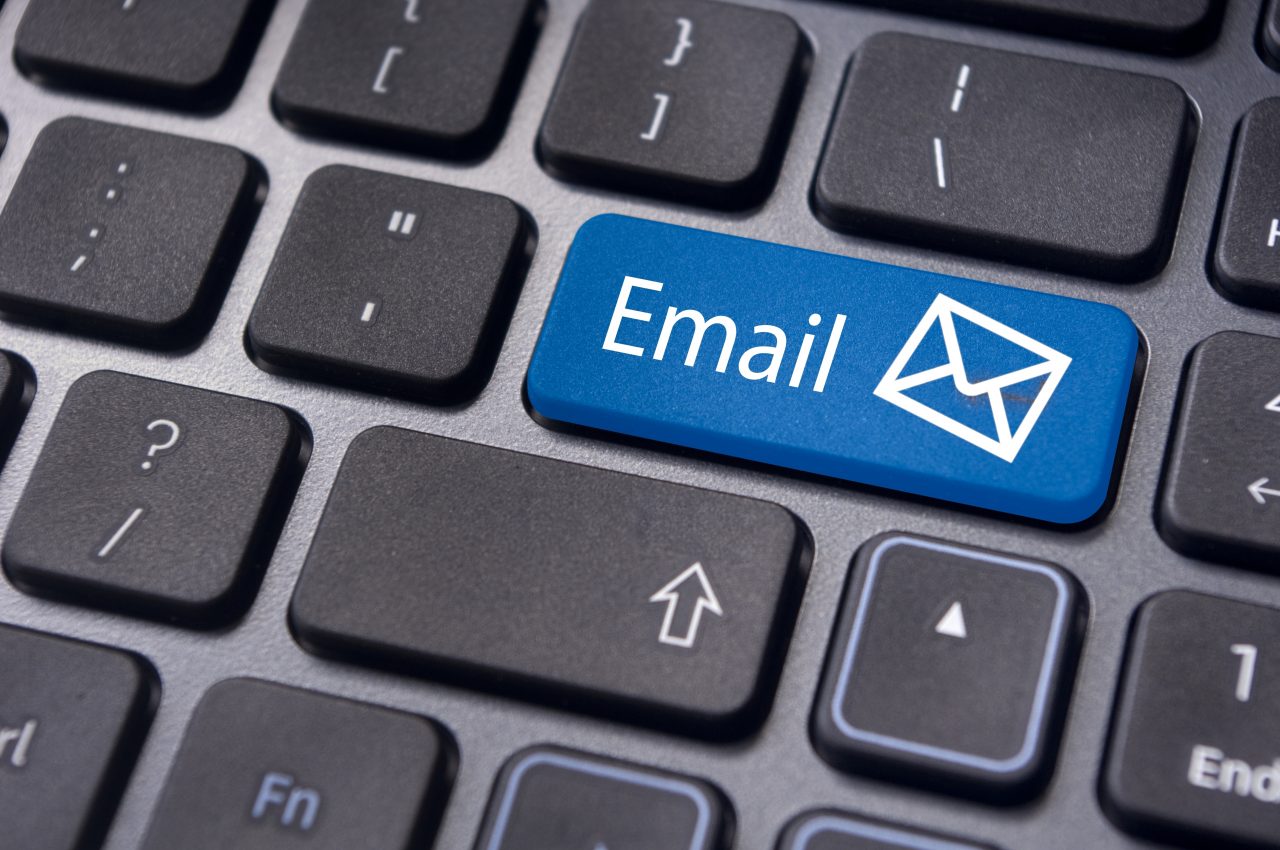Email Basics
There are many great email services out there: Yahoo, Gmail, Outlook, and AOL. Recently we’ve discussed the pros and cons of different webmail services, and we’ll continue to explore and explain the ins and outs of email. Today I’m going to walk you through a few email basics that can help you out, no matter […]
There are many great email services out there: Yahoo, Gmail, Outlook, and AOL. Recently we've discussed the pros and cons of different webmail services, and we'll continue to explore and explain the ins and outs of email. Today I'm going to walk you through a few email basics that can help you out, no matter which email service or app you prefer.
Attachments
If you are sending photos or documents with your email message, these are called attachments.
Begin by opening a new email message. Locate the attachment icon (the word attachment may even appear under the icon) and use your mouse to click on the icon. In most, if not all, email apps, the icon looks like a paperclipyou're clipping an attachment to your message. A file box will pop up, allowing you to navigate through your documents and pictures. Click on the file you would like to send and hit the insert button.
Group Email
One of the great benefits of email is the ability to easily send the same message to multiple recipients quickly and easily.
To send a group message, pen a new email message and click your mouse in the To section of your message. Depending on your email service you may need to insert a (;) or (,) after you type in each email address. You can also Carbon copy (Cc) or Blind carbon copy (Bcc) email addresses. If you use the Cc line, everyone who receives your message will see everyone else receiving it, and they have the option of hitting the "reply all" button and sending one message to everyone on the same list. If you use the the Bcc line, each recipient will only see their own email address when they receive the message; they will be unaware of anyone else to whom you sent the message, and can only reply to you as the original sender.
Junk Folder
If you are receiving emails from people you don't know or emails you don't want (advertisements, political newsletters, etc.), you can add the sender to the junkor spamfolder. The process of moving senders and/or messages to your junk folder varies slightly from app to app, but generally the idea is the same. In most email apps, you can right-click on the message to get a secondary menu; select "Mark as junk mail" or "Mark as spam", and the message will disappear from your inbox. Another option is to drag and drop email messages to your junk folder; performing this action once or twice will usually be enough to tell the program that future messages from that sender can automatically be filed as junk.
You should glance through your junk emails from time to time take a look at the subject line and the sender, and don't necessarily click on anythinglegitimate messages may fall through the cracks and get sent to your junk folder accidentally.
Safe Senders
Just like you can indicate which emails are junk, you can indicate which emails are safe to receive. Emails from friends and family, as well as businesses you know and trust, fall into this "safe sender" category. One way to prevent wanted emails from going to your spam folder is add the sender to your contacts. In most programs, you can right-click on an email address in the header of an email, and choose "add to address book" or "add to contacts" from the pop-up menu. You can also, depending on the program you're using, add email addresses to the Safe Sender menu within your junk mail options.
Some email apps, like Outlook, will not download images in emails unless the address is one that you trust. If you get a message like the one in the image below, you want to be sure that the email is from someone you know and trust before you click to see the associated images.

Which email app do you prefer? Are there particular questions you have about your email app and things you wish you better understood? Leave a comment and let us know.

 Member Connect
Member Connect